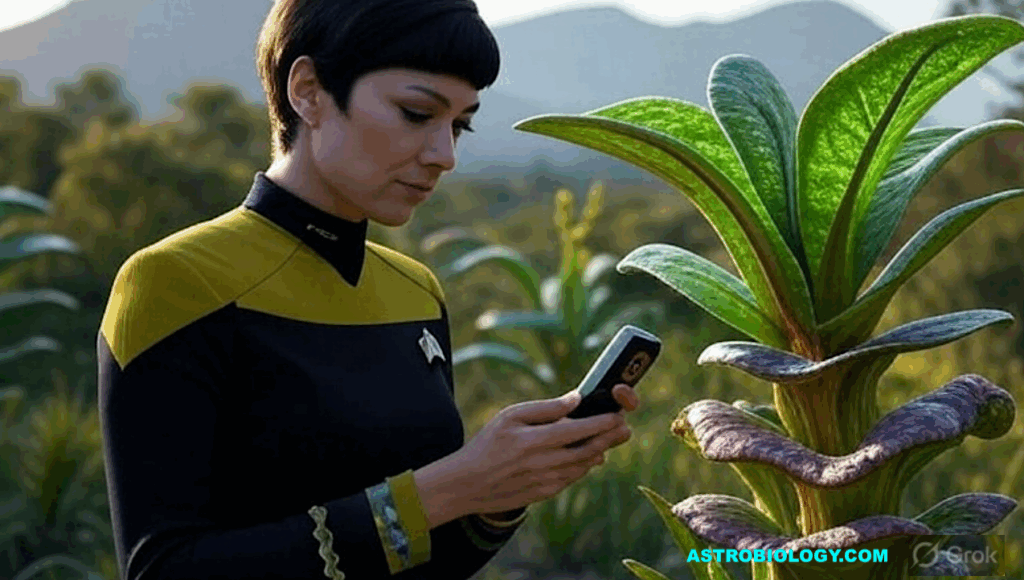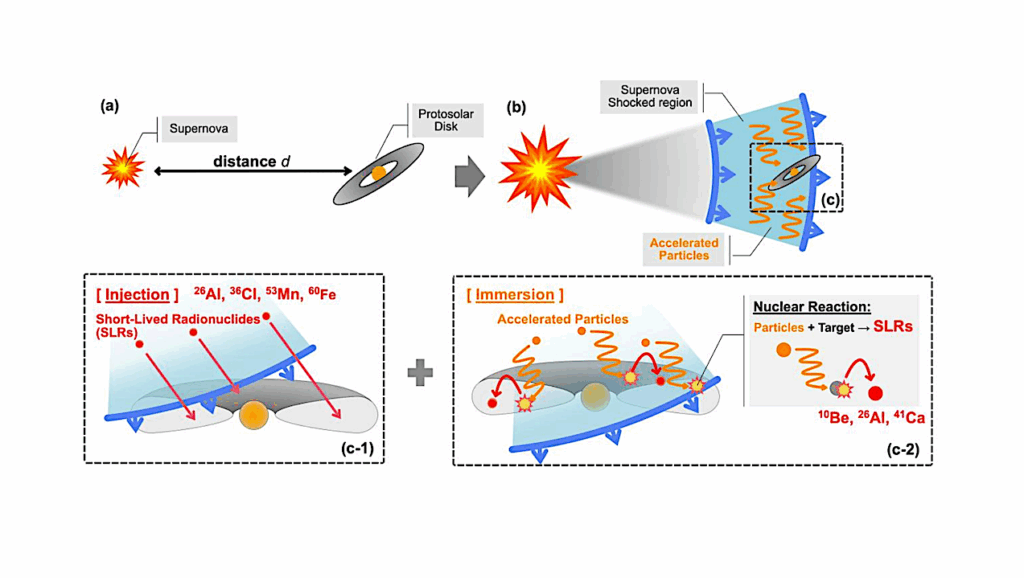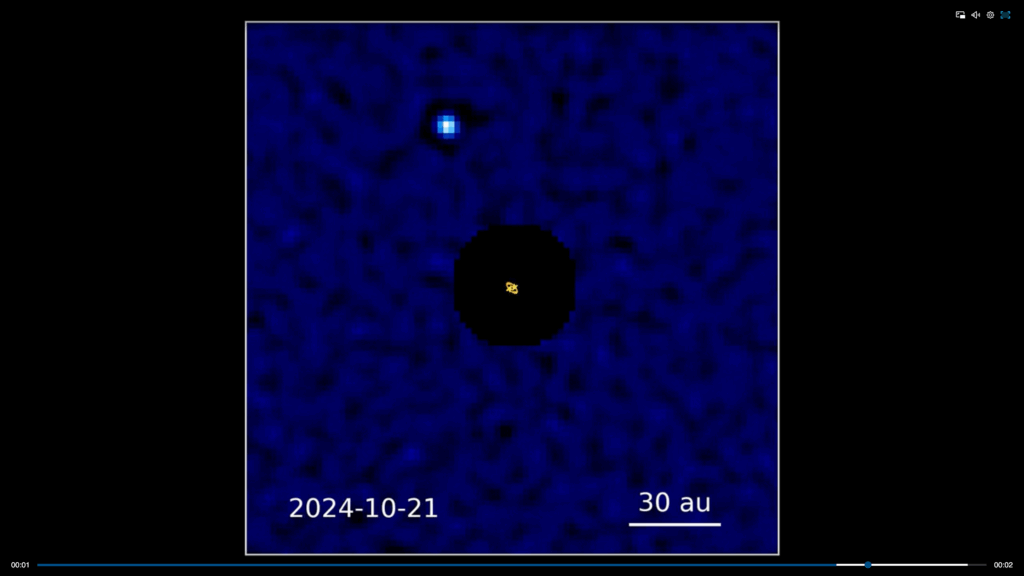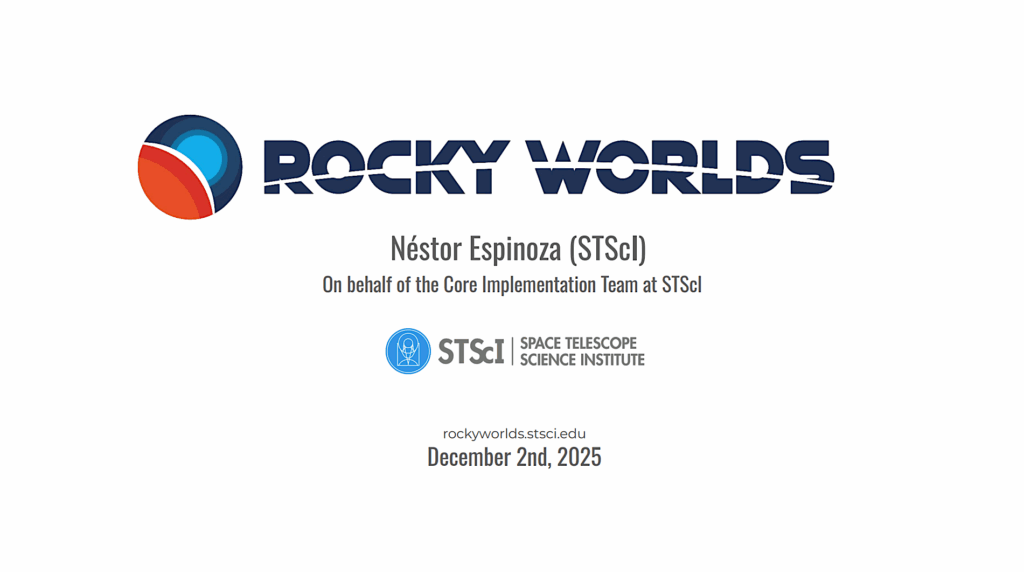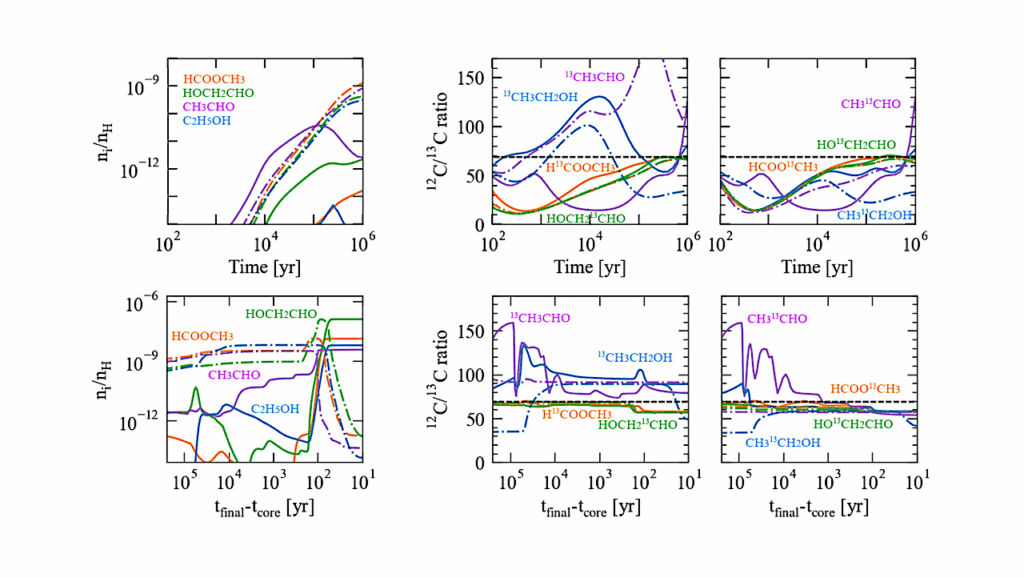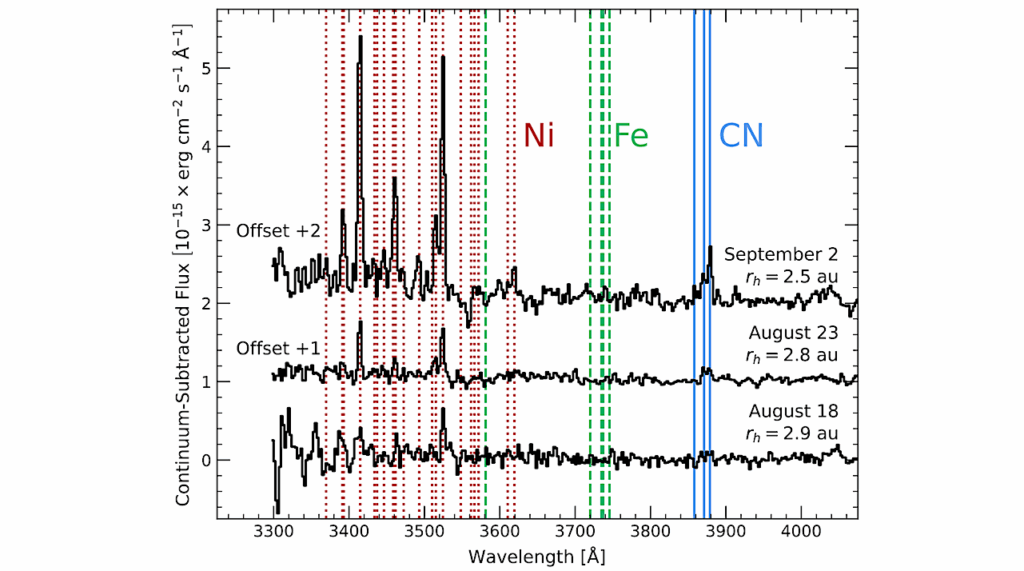Superhabitable Planets Around Mid-Type K Dwarf Stars Enhance Simulated JWST Observability and Surface Habitability
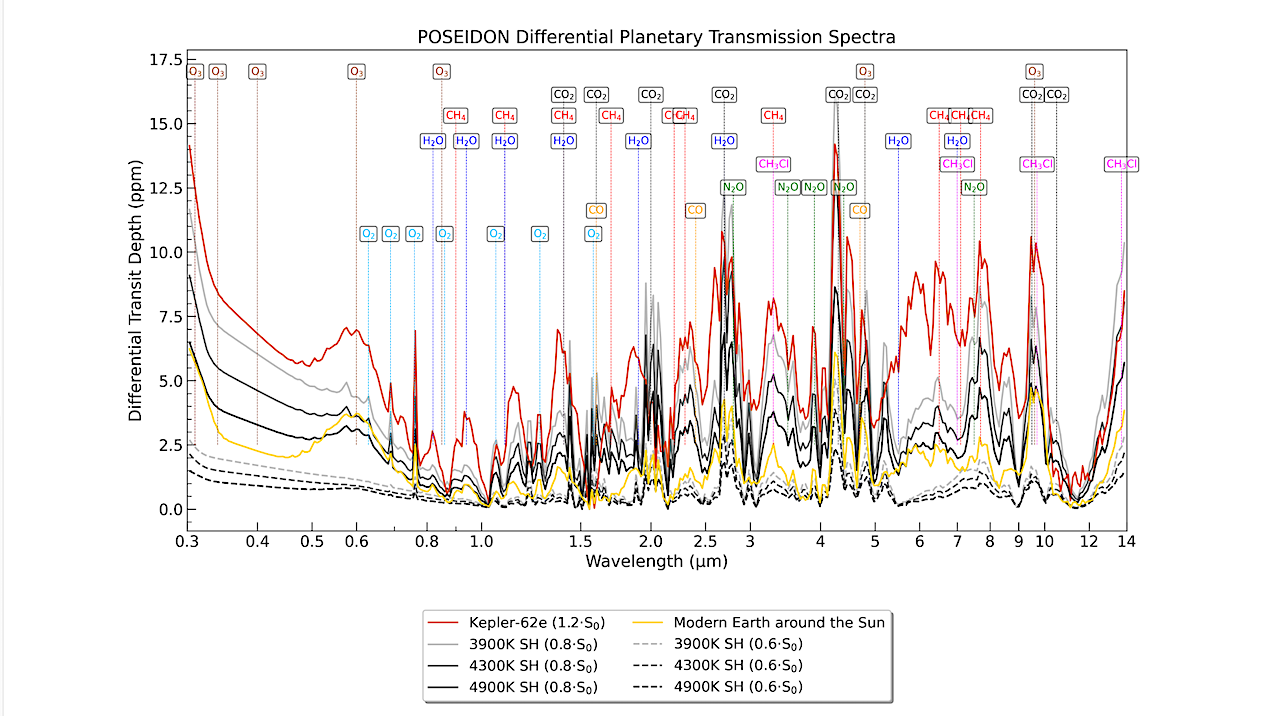
In our search for life beyond the Solar System, certain planetary bodies may be more conducive to life than Earth. However, the observability of these `superhabitable’ planets in the habitable zones around K dwarf stars has not been fully modeled.
This study addresses this gap by modeling the atmospheres of superhabitable exoplanets. We employed the 1D model 𝙰𝚝𝚖𝚘𝚜 to define the superhabitable parameter space, 𝙿𝙾𝚂𝙴𝙸𝙳𝙾𝙽 to calculate synthetic transmission spectra, and 𝙿𝚊𝚗𝚍𝙴𝚡𝚘 to simulate JWST observations. Our results indicate that planets orbiting mid-type K dwarfs, receiving 80% of Earth’s solar flux, are optimal for life. These planets sustain temperate surfaces with moderate CO2 levels, unlike those receiving 60% flux, where necessarily higher CO2 levels could hinder biosphere development.
Moreover, they are easier to observe, requiring significantly fewer transits for biosignature detection compared to Earth-like planets around Sun-like stars. For instance, detecting biosignature pairs like oxygen and methane from 30 parsecs would require 150 transits (43 years) for a superhabitable planet, versus over 1700 transits (∼1700 years) for Earth-like planets.
While such observation times lie outside of JWST mission timescales, our study underscores the necessity of next-generation telescopes and provides valuable targets for future observations with, for example, the ELT.
Iva Vilović, Jayesh Goyal, René Heller, Fanny Marie von Schauenburg
Subjects: Earth and Planetary Astrophysics (astro-ph.EP)
Cite as: arXiv:2501.03214 [astro-ph.EP] (or arXiv:2501.03214v1 [astro-ph.EP] for this version)
https://doi.org/10.48550/arXiv.2501.03214
Focus to learn more
Submission history
From: Iva Vilovic
[v1] Mon, 6 Jan 2025 18:47:59 UTC (4,588 KB)
https://arxiv.org/abs/2501.03214
Astrobiology,


